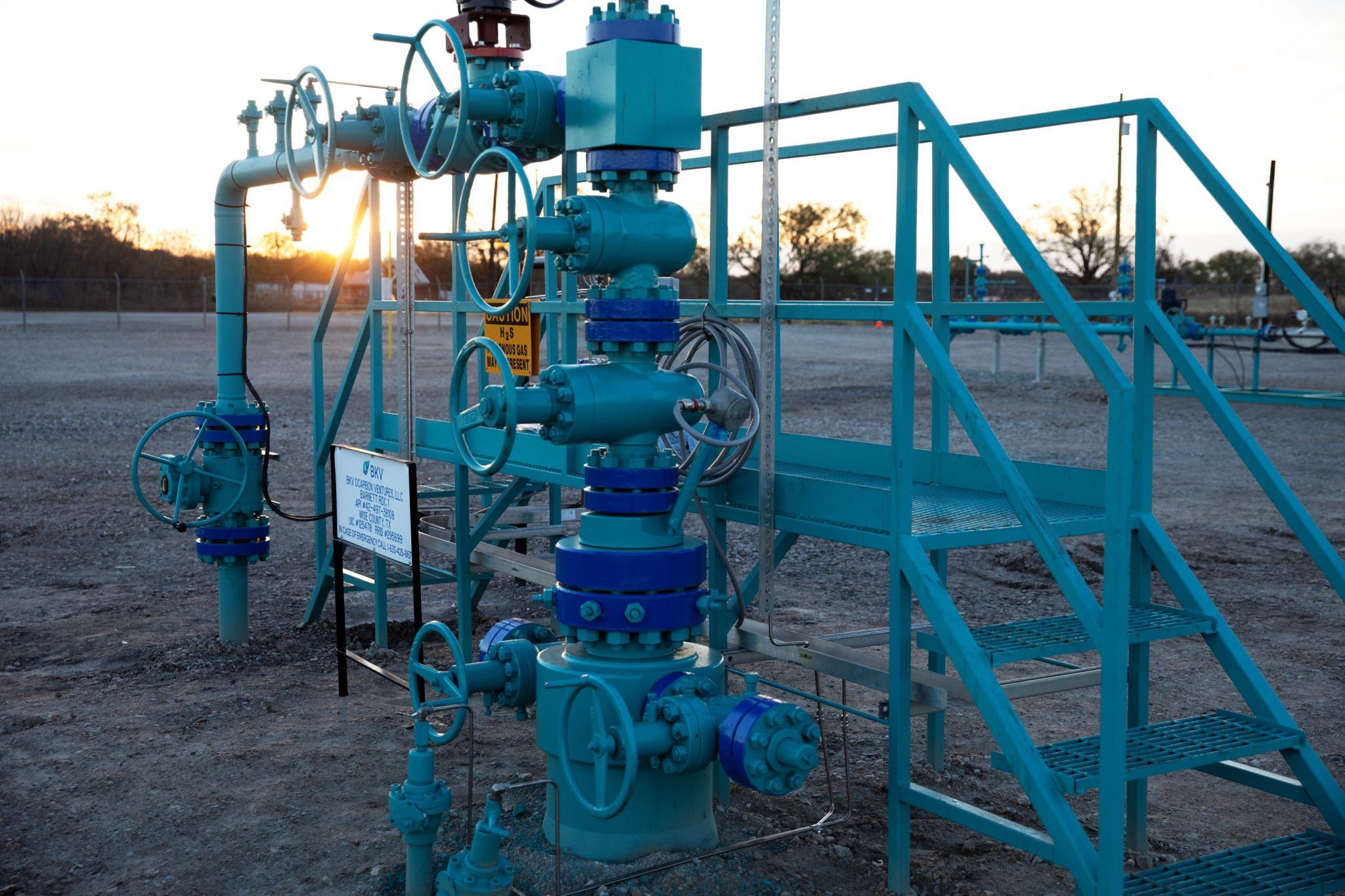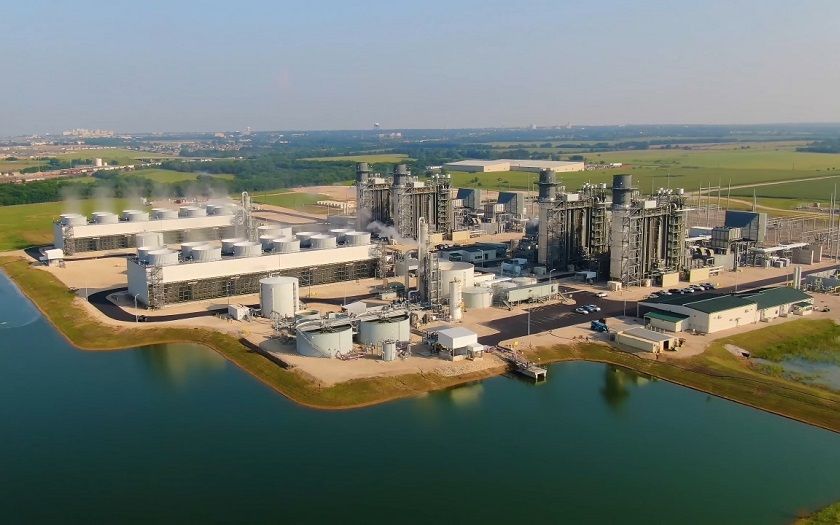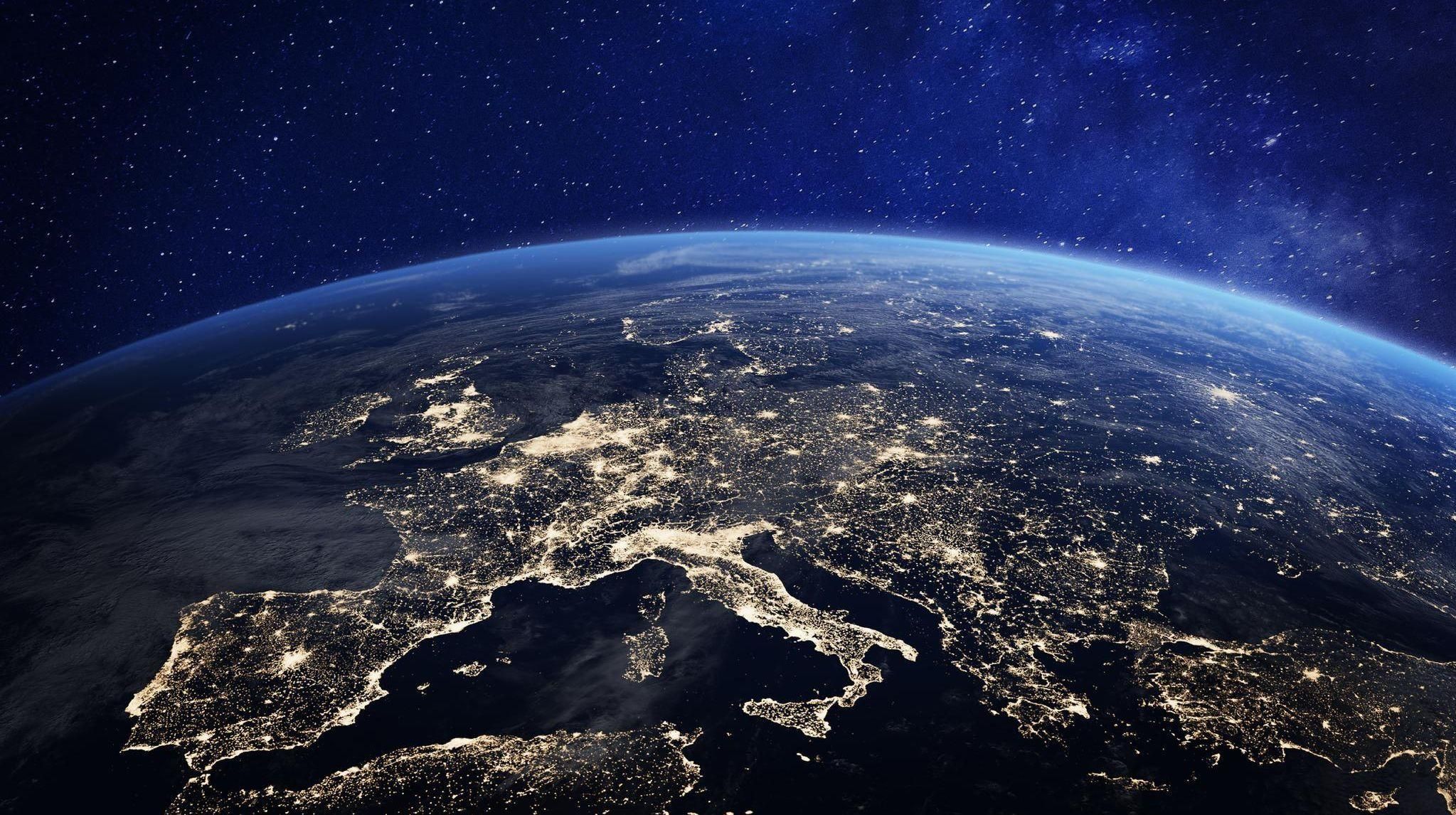Orchestrating the Energy Transition in Southeast Asia: A Strategic Symphony
)
“The management of diverse energy assets across geographies is akin to conducting an orchestra with multiple sections.”- Sinon Vongkusolkit, CEO, Banpu
Synchronising Reliability, Affordability, and Sustainability
The energy transition is no longer solely about decarbonisation. With the rapid rise of artificial intelligence and the global surge in digital infrastructure, reliability has emerged as the number one criterion for a growing number of major electricity consumers. But price and environmental impact are also critical.
In a recent conversation with Mr. Sinon Vongkusolkit, CEO of Banpu, we learnt the evolving priorities for energy leaders and the symphonic nature of the company’s strategic emphasis.
“The challenge is to deliver electricity that is reliable, affordable, and environmentally responsible, while also supporting economic growth and technological advancement,” he said. In Vongkusolkit’s view, achieving this requires careful orchestration of technologies, markets, and cross-border collaboration.
Banpu strategy “Energy Symphonics” synchronises all three objectives into an optimal strategic ‘symphony’. Central pillars include the gas-to-power value chain, renewable energy with battery energy storage systems (BESS), next-generation mining for the energy sector, and decarbonisation. Each contributes to meeting near-term energy needs while supporting the longer-term net zero goal by 2050.
Investing in Energy Infrastructure and Digital Technologies
Despite its Thai origin, Banpu operates in 9 countries across the Pacific Rim, allowing “cross-fertilise” learning across countries. This helps to track market trends, policies, tech development, and identification and deployment of clean energy solutions effectively.
Energy infrastructure and digital technologies are themes of growing importance for Banpu. With infrastructure-type investments, it develops ‘revenue-stacking’ strategies designed to enhance returns for our shareholders. Taking advantage of arbitrage opportunities, Banpu services its product flows and generate income-streams from third-party customers.
BESS, as noted, are key to expanding renewable energy adoption. Given the intermittency and other technical constraints associated with solar and wind, BESS is critical to achieving the COP-28 target of tripling installed renewable energy capacity by 2030- as seen by projects in Japan and Australia with expanding opportunity in the United States.
Vongkusolkit also highlighted digital ventures by Banpu, through their Corporate Venture Capital (CVC) arm, to invest in cutting-edge digital ventures including a blockchain-backed carbon credit platform, energy efficiency technologies, software and AI.
This includes leveraging digital tools to develop synergy between businesses, boost operational efficiency, from predictive maintenance to plant optimisation across our energy resources and power generation businesses to enhance margins. AI and digital solutions, he noted, also strengthen environmental management and decarbonisation strategies. Leveraging AI in energy trading within fast moving, liberalised power markets, such as Japan, Australia, and the US, also helps with maximising financial returns.


Barnett Zero CCUS project, Texas, the US Temple I & II power plant, Texas, the US
Balancing Energy Security with Long-Term Decarbonisation
Vongkusolkit explained that natural gas is another key resource for balancing security and emissions. “Gas-fired power already has about half the carbon emissions of coal-fired power, but with significant advances in carbon capture and storage technologies, the gas value chain can increasingly be ‘decarbonised’ further with falling costs.” Even coal-fired plants are being retrofitted to blend biomass or ammonia.
Overall, the approach is to sustain reliable and affordable energy supplies while making deliberate incremental investments that move us towards our 20% GHG reduction targets by 2030, and ultimately our Net Zero commitment by 2050. Obvious examples are solar and wind, which are indigenous resources, and so by definition fulfil both energy security and decarbonisation criteria in most countries.
Decisive Action for the Energy Trilemma
“We must take our destinies into our own hands.”
Looking to the future, Vongkusolkit stressed urgency. Decisive action is needed. Tough investment decisions must be made now by major corporate and public sector players in ASEAN and worldwide. Energy security and decarbonisation should not be conflicting priorities, but parallel pathways that must complement each other.

Banpu executives joined Enlit Asia 2025, reinforcing its vision of sustainable energy
(from left to right) Pabhasiri Mahatharadol, Head of Strategy & Project Management of Banpu NEXT Company Limited, Somruedee Chaimongkol, Senior Executive Officer of Banpu, Sinon Vongkusolkit, CEO of Banpu, Issara Niropas, CEO of Banpu Power, Smittipon Srethapramote, CEO of Banpu NEXT
Find out more at www.enlit-asia.com or write to us info@enlit-asia.com



)
)
)
)
)
)
)
)
)
)
)
)
)
)
)
)
)
)
)
)
)
)

)
)
)